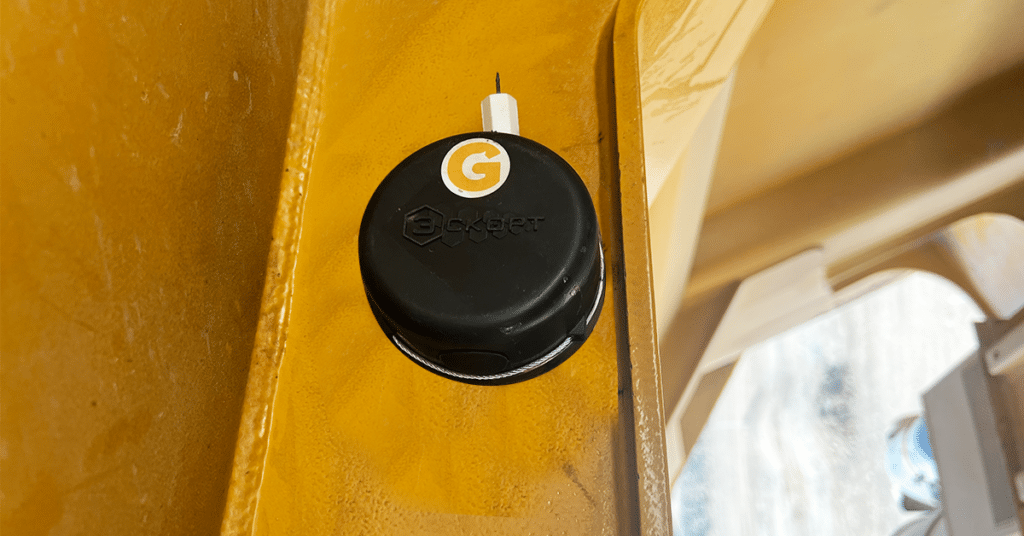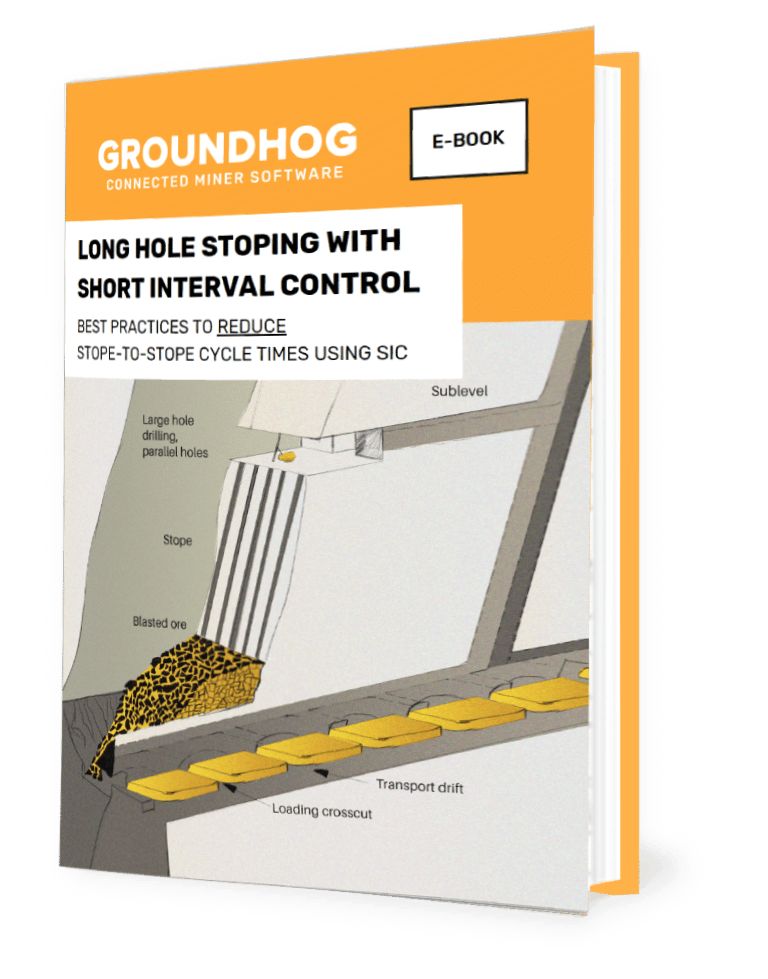The Role of Trip Counting in Mining
Mining operations involve transporting materials from excavation sites to processing or storage areas. Accurate trip counting is essential for several reasons:
1. Resource Management: Accurate trip counts help mine operators keep track of the amount of material extracted and transported. This data is crucial for resource planning, production forecasting, and inventory management.
2. Operational Efficiency: Real-time trip data allows mine managers to optimize vehicle routing and scheduling, reducing downtime and minimizing fuel consumption.
3. Safety Enhancement: Overloading mining vehicles can lead to accidents and vehicle damage. Proper trip counting ensures that vehicles are not overloaded, enhancing overall safety on the mine site.
Additionally, monitoring the dumping process is equally important. Tilt sensors can also play a role in detecting the proper dumping of materials, ensuring that the contents of the mining vehicle are completely emptied at the designated dumping site. This prevents unnecessary carrybacks on vehicles and optimizes the usage of available resources.

Tilt Sensors: A Game-Changing Technology
Tilt sensors, also known as inclinometers, are devices that measure the angle of inclination or tilt of an object with respect to the force of gravity. These sensors use various technologies, such as MEMS (Micro-Electro-Mechanical Systems), to provide accurate and reliable measurements of tilt angles.
In the context of mining, tilt sensors can be strategically installed on mining vehicles in a way that enables them to detect the inclination of the vehicle’s bed or container. When a mining truck is loaded with material or dumped, its bed’s tilt angle changes. By calibrating the tilt sensor to the specific loading and dumping angles, the sensor can accurately determine when the vehicle has been loaded and unloaded.
Automating Trip Counting with Tilt Sensors
The process of automating trip counting and dumping detection using tilt sensors involves several steps:
1. Sensor Installation: Tilt sensors are securely mounted on mining vehicles’ beds or containers. Careful calibration ensures accurate angle measurements.
2. Loading Detection: As a mining vehicle is loaded with material, the tilt sensor detects the change in inclination. The loading angle threshold is set during calibration.
3. Dumping Detection: Tilt sensors also play a role in detecting the dumping process. An appropriate angle threshold is established to determine when the vehicle bed is tilted to empty the contents.
4. Data Transmission: Tilt sensors are connected to the GroundHog FMS app installed on Android/iOS tablets and then synced to the cloud. When loading or dumping angle thresholds are exceeded, the sensor transmits the data indicating a loaded or dumped status.
5. Trip Counting and Dumping Monitoring: The GroundHog OpsCenter receives the data from all equipped vehicles and shows the trips made by each vehicle and operator associated with that equipment for that shift.
6. Real-time Monitoring: Mine operators can monitor trip counts, loading times, dumping processes, and vehicle statuses in real-time. Alerts can be set up for abnormal conditions, such as overloaded vehicles or incomplete dumping.
Benefits and Future Implications
The integration of tilt sensors for automated trip counting brings numerous benefits to mining operations:
1. Accuracy: Tilt sensors provide precise and consistent trip counting and dumping detection, minimizing the risk of human error and inaccuracies associated with manual methods.
2. Safety: By preventing overloading and ensuring proper dumping, tilt sensors contribute to safer mining operations, reducing the likelihood of accidents and equipment damage.
3. Efficiency: Automated trip counting and dumping detection optimize resource allocation, vehicle scheduling, route planning, and material usage, ultimately improving operational efficiency.
4. Data-Driven Insights: The data collected from tilt sensors can be analyzed to identify trends, patterns, and areas for further operational improvement, enhancing overall mine performance.
In the future, the application of sensors in mining could extend beyond trip counting and dumping detection. Integrating sensor data with advanced analytics and AI could lead to predictive maintenance, improved vehicle performance, and enhanced overall safety.
Conclusion
The mining industry’s evolution towards automation and data-driven decision-making is reshaping its operational landscape. The use of tilt sensors to automate trip counting illustrates how innovative technologies can address longstanding challenges. By improving accuracy, safety, and efficiency, automated trip counting not only streamlines mining operations but also paves the way for further advancements in the industry. As technology continues to advance, mining companies have the opportunity to harness the power of sensors, analytics, and automation to unlock new levels of productivity and sustainability.
Author- Ajay Koppisetty, Solution Architect at GroundHog based in Perth, Western Australia.
Do Follow our LinkedIn Newsletters-
https://www.linkedin.com/newsletters/mine-digitization-automation-6924713123673235456/
Read our blogs-https://groundhogapps.com/groundhog-blog/


